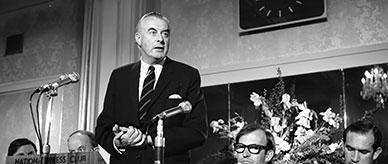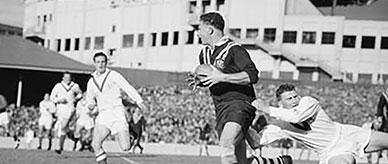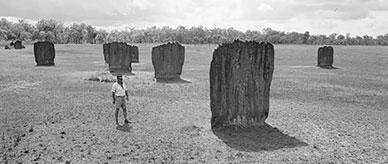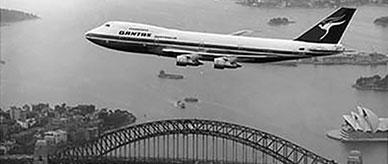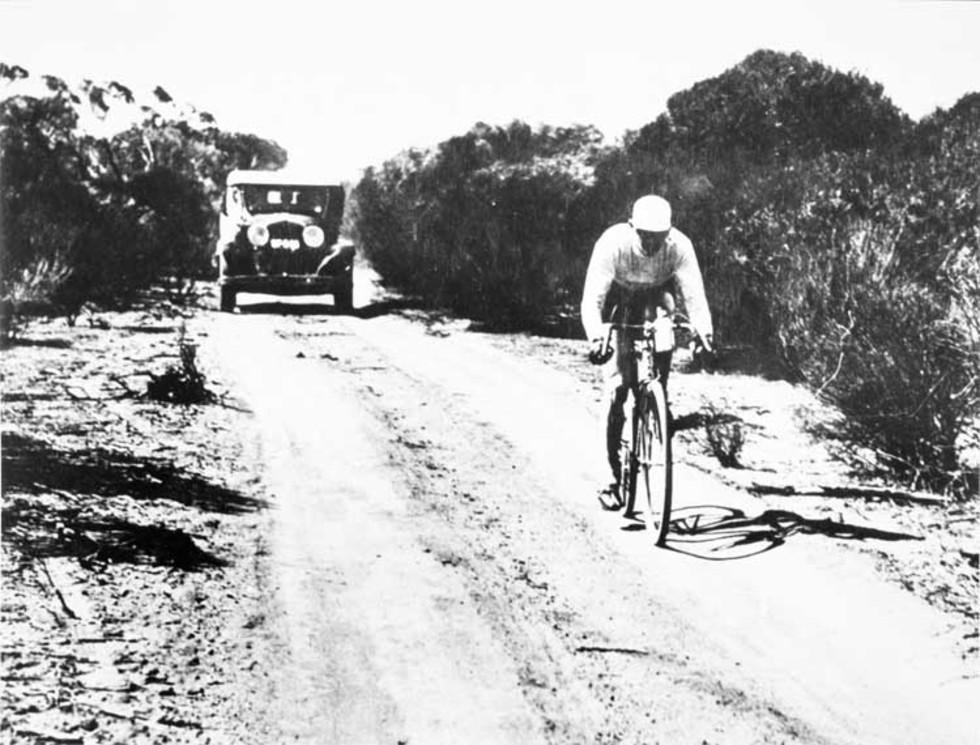
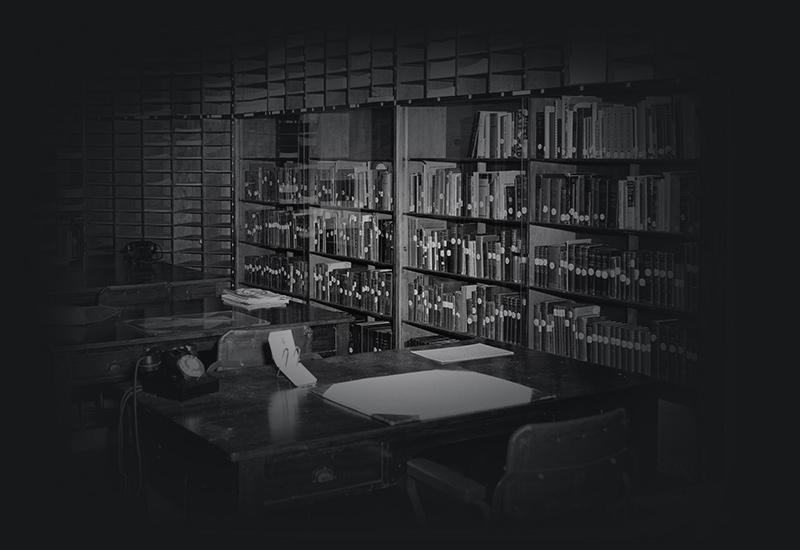

About this record
This is a photograph of Hubert Opperman on one of his long-distance rides across Australia. Behind him on a dirt track is a support vehicle.
Educational value
- Shows Sir Hubert Opperman (1904–96), known as 'Oppy', toward the end of his record-breaking career as a long-distance cyclist, before he went on to become a successful politician – born in Rochester, Victoria, Opperman gained fame in French cycling races in the late 1920s and early 1930s, particularly for the 1931 Non Stop Paris–Brest–Paris (1166 kilometres), and set hundreds of distance records, many of which took decades to break or have never been broken.
- Probably shows Hubert Opperman on his 1937 Perth to Sydney ride, which took 13 days, 10 hours and 11 minutes, a record that was not broken for 30 years.
- Indicates the type of support provided to Opperman during his cycling career – the support vehicle behind him was probably being driven by Bruce Small, his manager, lifelong friend and business partner, who initially employed and then trained and provided strategic guidance to Opperman and his team mates.
- Shows Opperman on a Malvern Star bicycle – Bruce Small designed and built this bicycle from his small shop in Malvern, Victoria, and Opperman used Malvern Star bicycles throughout his cycling career.
- Indicates that the general shape of the racing bicycle has not changed much in the last few decades.
- Shows the conditions under which many long-distance cycling rides were made at the time – on dirt roads and country tracks, which made the journeys even more difficult and slowed the riders down.
- Shows the harshness of the Australian outback, with the dirt road passing through a dry scrubby landscape.
- Illustrates the type of clothing worn by Australian cyclists of that period – the cap and long-sleeved shirt would have protected the rider from the fierce sun, but the materials used in the clothes were likely to have been cotton and other natural fibres rather than the special synthetic materials used today.
Acknowledgments
Learning resource text © Education Services Australia Limited and the National Archives of Australia 2010.
Related themes
Need help with your research?
Learn how to interpret primary sources, use our collection and more.

